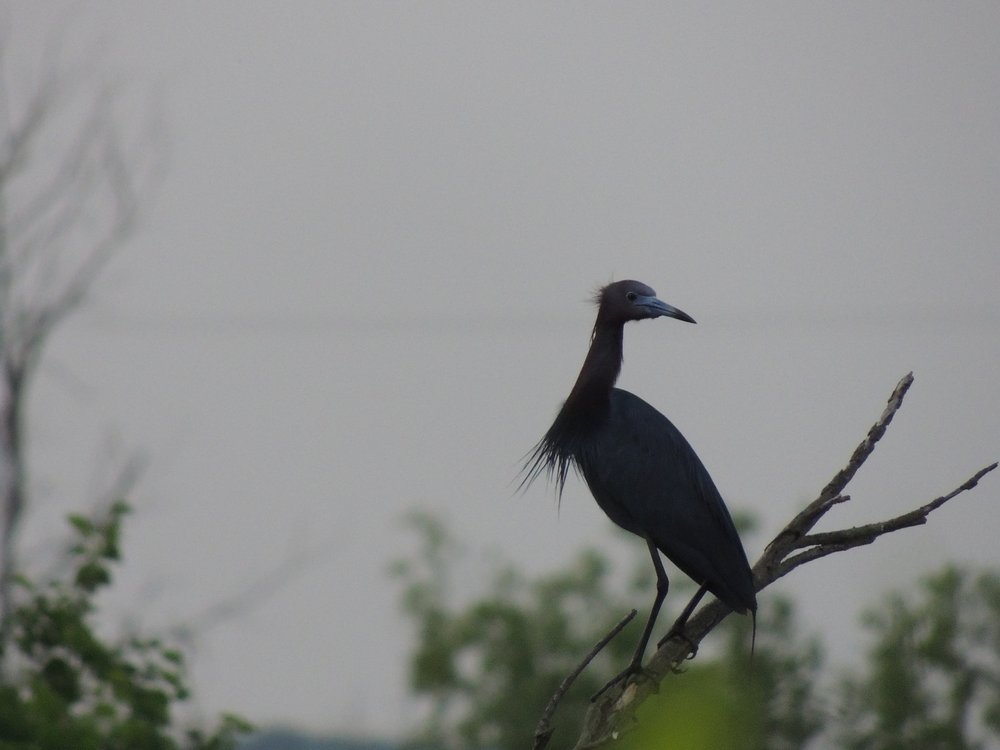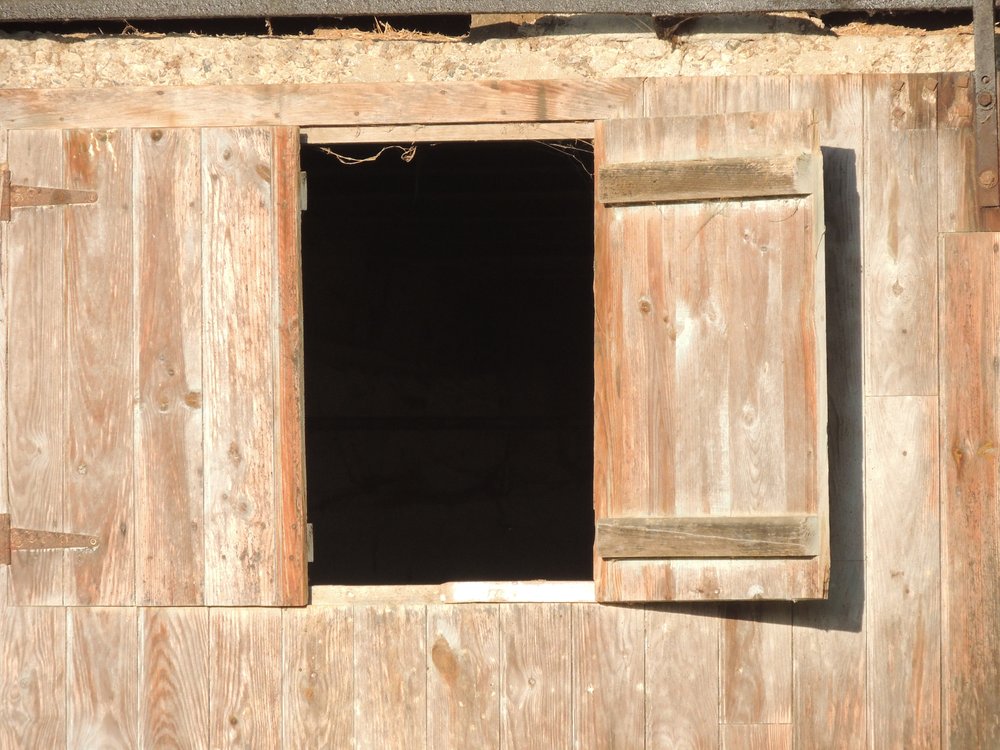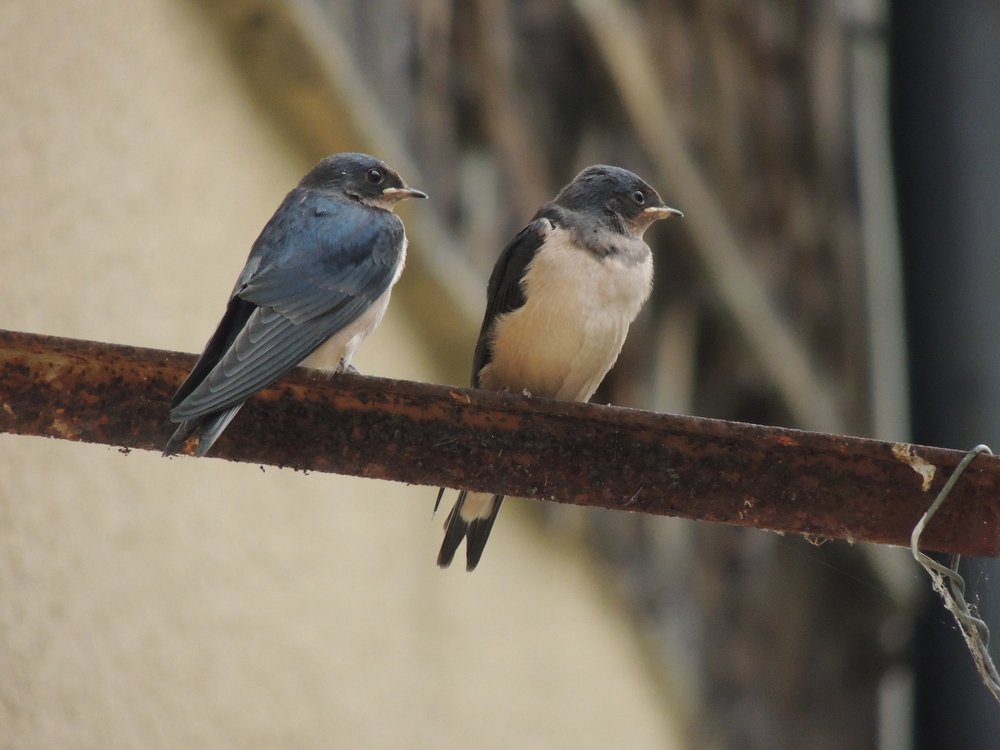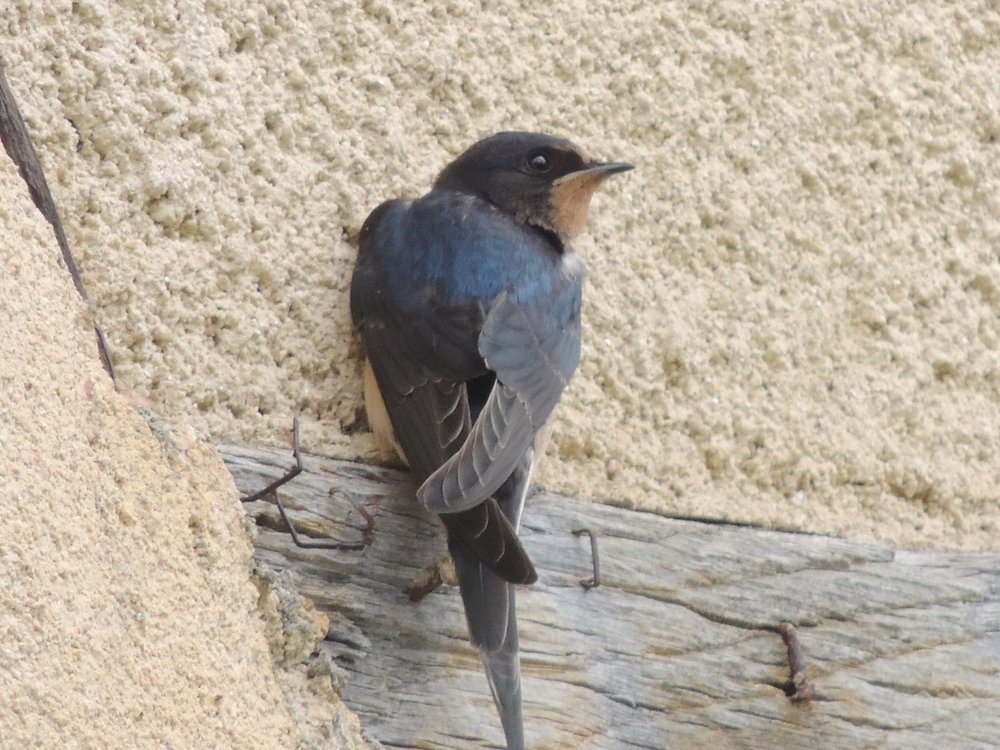Mute Swans

Here are the reasons why the DEC has decided on this move—which has caused an outcry throughout the state, the country and even the world. A friend from Australia sent a link to a story in their papers about this plan, making us Yanks out to be pretty cruel!

Here are the reasons why the DEC has decided on this move—which has caused an outcry throughout the state, the country and even the world. A friend from Australia sent a link to a story in their papers about this plan, making us Yanks out to be pretty cruel!

Swans eat the submerged aquatic vegetation that other waterfowl also eat. The two other Swans sometimes—though rarely—seen in the State are the Tundra and Trumpeter. They hardly overlap in geography, the Tundra and Trumpeter to the north and the Mute mostly on Long Island. There are a lot of studies on SAV, which is indeed scarcer than it should be. But one idea might be to eliminate the invasive water chestnut, which clogs bays and makes it harder for SAV to thrive. Rather than kill off a few thousand swans, pull up some plants. No doubt this would be a more expensive and complicated solution. But it troubles me that we’ve gone for the quickest, easiest solution here.
Swans are aggressive to other animals and humans. This is the most ridiculous reason. All animals can be aggressive. But we don’t expect birds to be aggressive because largely we stay away from their hidden nests. But Swans are big and beautiful and people do incredibly stupid things like take photographs of their infants walking toward a bird twice the size of the child. A public education program could start to help with this problem. Mute Swans are not sweet. They are not pets. They are enormous birds that can be enormously aggressive. They need space.
Hazards to aviation. This is perhaps the real reason the swans are being eliminated and I wish everyone were honest about this. BASH (Bird Aircraft Strike Hazard) is a major expense for the industry (though I like that the language makes is sound like birds collide with planes—as if they don’t belong in the sky—rather than planes hitting birds, like cars run over deer). “Planes hit birds all the time,” writes financial journalist Eric Uhlfelder in the New York Times. US Airways Flight 1549, which made its celebrated landing in the Hudson River struck Canada Geese, and in the past 23 years hitting birds has forced one plane a day to land prematurely. I’m going to guess that not all flights were as lucky as Flight 1549, piloted by Captain Sullenberger. The number of premature landings is an extraordinary figure, and for the safety of all—birds hit and people in those planes—something we should do something about. But we can’t kill every bird in the sky (though we do kill off about 25,000 Canada geese a year). A more inventive solution must be found. Avian radar?
Here’s what I want to say: Let’s not first reach for a gun; let’s be more imaginative about how we can live together on this small planet.
If you want to agitate, Senate Bill S6589 supported by Tony Avella is asking for a two year moratorium on the slaughter until more evidence can be offered to kill of the Swans.
Morning on the River

The weather report claimed rain and the sky over the Catskills loomed gray, but electric. I stroked to the Western shore of the river and wove through the water chestnut mat. A Spotted Sandpiper bobbed about and a dozen Great Blue Herons posed in the shallow water.

The weather report claimed rain and the sky over the Catskills loomed gray, but electric. I stroked to the Western shore of the river and wove through the water chestnut mat. A Spotted Sandpiper bobbed about and a dozen Great Blue Herons posed in the shallow water.
I pushed south, then back across the river to round the southern end of Cruger Island. There, like a giant loaf of bread, sat an immature Bald Eagle. It watched me as I floated nearer, then it took off to land at the top of a snag. There, it flared its wings, resplendent in the morning sun. In the sandy shallows of South Cruger Island a Lesser Yellowlegs tagged its way along the waterline, ignoring me in my pink boat. It wandered near my bow, then continued on its Yellowlegs way.

I was feeling pretty cheerful about all of this, and the sun echoed that cheer by parting a few of the clouds in the sky. Things were now heading toward a fully beautiful day. I spied a kayak heading toward me, the paddler awkward in his boat, the paddles rising too high. “Susan?” I heard.

“Can we talk about senior project sometime?” he asked. Senior project is a year-long event for Bard seniors, and it brings out the best and worst in our students.
“Sure,” I said.
“When?” he asked.
“This seems a good time,” I said, and we rafted up. Work follows me onto the river, I thought, but this was certainly the best senior project meeting location I could think of. While Logan told me about his plans to look at homelessness and issues of sustainability in terms of housing I watched a snail work its way over his kayak.

Little Blue

“Cool,” I said. I love it when nature confounds what is expected (and in the process confounds the biologists as well).

“Cool,” I said. I love it when nature confounds what is expected (and in the process confounds the biologists as well).
We walked in silence for a while, until we reached what is known as Buttock’s Island. It’s a sweet promontory with long views both north and south. The bay was choked with water chestnut, which covered the surface of the bay. Water chestnut is a beautiful plant, but it doesn’t belong here and has taken over the quieter parts of the Hudson. Except for pulling it out, no one has figured out how to contain it. I’ve mostly thought about water chestnut as hogging oxygen in the water, pushing out fish life. But as I scanned for shorebirds, I realized that their habitat was also being invaded by the water chestnut.

“Not a Great Egret,” I said doing a little dance. That meant it was either a Snowy Egret, or a juvenile Little Blue Heron (a juvenile little blue is little white). Both were exciting birds for this area. A Little Blue appeared on Wappinger’s Lake this summer, but in the past in Dutchess County there were four sightings in the 60s, eight in the 70s, thirteen in the 80s, and three in the 90s. Where I had seen Little Blues in the past was Florida and Kansas.
We put up our scopes, but the distance and the haze left us guessing. Bruce pulled out his iphone, and looked at photos of Little Blues and Snowys. He handed me his little screen with the photos, which I glanced at. What I saw there, in Technicolor detail, had little to do with the shimmering white thing in the distance. Bruce went back and forth, offering his ideas on what it could be then decided: Little Blue. It seemed a good guess, but to me was still in guess-land. I wanted to have more evidence.
The next morning at 5:15, I drove my kayak to the Tivoli launch and set out for the South Bay. I make it sound like I was on a determined quest. I was and I wasn’t—I had no real hope of seeing the bird or getting close enough to take a photograph. But I had to try.
I stroked past Magdalen Island and the entrance to the North Tivoli Bay, and continued another half mile south flanking Cruger Island. A mature eagle, its white head gleaming in the early morning sun, sat on an exposed branch, preening. An immature—perhaps one of the two fledglings from this year—let out its eagle yell and flew overhead. Cruger Island is one site where eagles have come to nest in recent years. There isn’t a paddle where I don’t see at least one.

My hands were shaking as I fumbled for the camera, wedged into a dry bag between my legs. I pulled it to my eye and snapped the first few pictures. Once I was sure I had something to work with I put the camera down and picked up my binoculars. Yellow legs. No other markings that led me to be sure of my bird. The Snowy and the juvenile Little Blue are maddeningly similar.
And then I decided that the ID mattered less than simply being there, enjoying this beautiful bird that was clearly not afraid of a woman in her pink kayak. We loitered there together, the bird busy wading thigh deep in the water foraging near the shoreline. It moved with precision, and a certain nonchalance. From the spatterdock a second bird emerged, and the two worked together, wandering over toward the geese to find more food.
 Juvenile LIttle Blue HeronI soon felt the need to head home and into my work day. I had dozens of photos and a sense of calm and I was calling them Little Blues. The birds, however, were not done with me. They flew over, and landed in front of me, emerging from the spatterdock once again to entertain me. But soon enough they wandered into the tall plants and vanished. I thought how if I had arrived at this moment, I never would have seen my Little Blue Herons.
Juvenile LIttle Blue HeronI soon felt the need to head home and into my work day. I had dozens of photos and a sense of calm and I was calling them Little Blues. The birds, however, were not done with me. They flew over, and landed in front of me, emerging from the spatterdock once again to entertain me. But soon enough they wandered into the tall plants and vanished. I thought how if I had arrived at this moment, I never would have seen my Little Blue Herons.
Hirondelle

As we step into the barn to put down hay for the sheep, a barn swallow swoops through the open door. Swallows, with their white bellies and long forked tails are obvious all day long as they wing about chattering in elegant loops and dives. Inside the dark barn a dozen mud-formed nests cling to the wooden rafters. Strings of straw dangle from cobwebs nearby in this nearly abandoned barn. The space between nest and the ceiling is narrow—just enough for a swallow head.

As we step into the barn to put down hay for the sheep, a barn swallow swoops through the open door. Swallows, with their white bellies and long forked tails are obvious all day long as they wing about chattering in elegant loops and dives. Inside the dark barn a dozen mud-formed nests cling to the wooden rafters. Strings of straw dangle from cobwebs nearby in this nearly abandoned barn. The space between nest and the ceiling is narrow—just enough for a swallow head.

She can’t explain it, but the swallows are dying. She’s not the only one to notice this. Genevieve, the local baker, tells me she doesn’t see swallows anymore. There are ten swallows in the village, Claude tells me. They all guess at what is wrong: the fertilizers on the fields, perhaps. They all shrug: who knows. There are a lot of mysteries in the farming life. This is one more.
Odette and I look about the barn. Under two nests are bird droppings, a sign that someone has taken up residence. “Maybe there will be young,” she says, hopeful.
The next morning as I quietly go about playing farmer, then I check on the nests. There’s a swallow on one, her body covering the opening of the mud structure. When I look closely, I see a little beak poking out the side. I slide the barn door shut, leaving her to her swallow business.

Through the day, they use our courtyard as a place to hang out, to practice flying and to beg for food. From time to time an adult swoops in and satisfies that need, but most of the time they are on their own.
Later that night, I return to the barn and tell Odette about the baby swallows. The news cheers her. I peer in at the nests and see that the young have all returned to the safety of the barn for the night.
